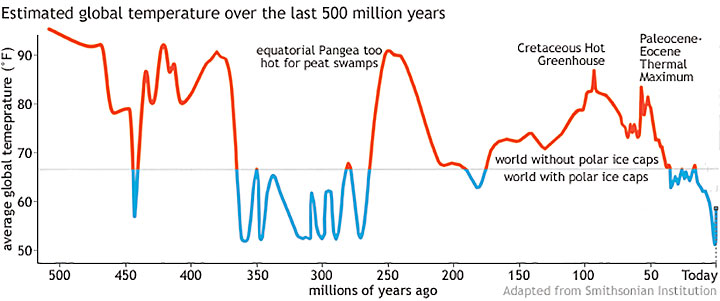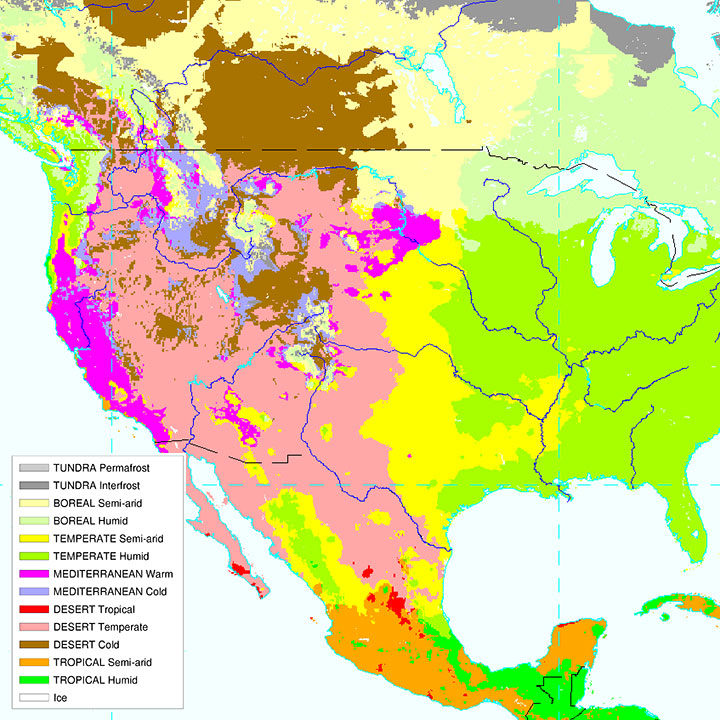The Organismal Biology and Ecology (OBE) Department studies the structure and function of organisms in an ecological and evolutionary context. OBE encompasses cross-disciplinary approaches such as physiological ecology, evolutionary ecology, systematics, and biogeography, which all provide complementary insights into the processes of evolutionary diversification and adaptation to life on earth…
— from the Colorado College website.
My first exposure to the term ‘organismal biology’ took place online, when I came across a student-journalism project at Colorado College. The two seniors publishing the “Burning Questions” newsletter — Riley Prillwitz, a media studies major, and Leah Thayer, majoring in organismal biology and ecology — share an interest in climate science, and their newsletter is part of their journalism practicum.
In an attempt to bridge a gap between journalism and science as part of this work, we plan to track developments of a recent research grant from the National Science Foundation for work by a team of five scientists on a project titled “Role of Soil Microbiome Resilience in Ecosystem Recovery Following Severe Wildfire.”
You can find information about the “Burning Questions” newsletter here.
The American West has seen its share of burning forests and grasslands in recent years — maybe more than its share — and a common scientific perspective among the scientists who study burning questions, assumes a direct relationship between these large wildfire events and a warming climate with a propensity toward drought. Not only have some of the wildfires been historically extensive; many have been “severe” — which is to say, especially damaging to the forest biome and to human communities that have sprung up in the midst of such forests.
I’ve been writing occasionally about wildfires here in the Daily Post, and my amateur research suggests that the region of the world we call “the American West” has suffered through ancient droughts much worse than what we’re current experiencing.
How forests survived those prehistoric mega-droughts is not immediately clear.
Some scientists theorize that conifers — distantly related to the pine trees and fir trees that today dominate our Archuleta County forests — first appeared on earth about 350 million years ago (give or take 50 million years) and have managed to survive, somehow, through various climactic conditions, including periods when atmospheric CO2 (carbon dioxide) and CH4 (methane) concentrations were considerably higher than they are now in 2021.
Previous to the appearance of conifer trees, dinosaurs wandered among gigantic ferns and horsetails, not really knowing what they were missing.
Earth’s global temperature when conifer trees first appeared, way back when, may have been similar to our current temperatures. But the trees then continued to exist (and adapt?) through millions of years of much, much warmer temperatures, or so we are told. Science available online suggests that, for most of the past 500 million years, the Earth has been much too warm to support polar ice caps. Ski resorts? Forget about it.
Here, for example, is a graph based on Smithsonian Institution data.
As we can see, the Earth — according to accepted science — was relatively cool when conifer trees first appeared, 350 million years ago.
Why was the Earth relatively cool during that prehistoric period? We have no idea.
Why did it become terribly hot 100 million years later? We have no idea. Were the dinosaurs driving cars and burning fossil fuels? Probably not.
When I studied biology in high school, back in the late 1960s — it was a required subject — organisms tended to be presented as individuals, rather than as members of a complex ecological community. As I recall, the term ‘ecology’ was just beginning to come into popular usage.
It would appear that the central question, to be explored by the Colorado College journalism students, relates to the recovery of an ecosystem following “severe” wildfire, and in particular, the role played in that recovery by the ‘soil microbiome’ — the complex mix of microscopic organisms that live in the soil. The mix depends on many factors.
The National Resources Conservation Service, a subsidiary of the US Department of Agriculture, developed a global map of ‘soil biome’ types. Here’s detail of that map:
From what I can discern, Archuleta County is classified as either ‘Boreal Semi-arid’ or ‘Boreal Humid’. The definition of ‘Semi-arid’ seems to be based upon “10-20 inches of annual rainfall”. Online sources give Pagosa Springs’ average annual precipitation as approximately 20 inches.
Meanwhile, most of the western U.S. is classified as ‘Desert Temperate’ or ‘Desert Cold’ on this map… with a bit of ‘Mediterranean’ (Warm or Cold) thrown in for good measure.
Presumably, some of the ‘Humid’ definitions will be less accurate during an extended drought. I would assume (not being a scientist myself) the soil biome undergoes changes depending on temperature and precipitation, and that the mix of fungi and bacteria and viruses living in the soil might be subtly different in 2021, from what they were during relatively wet years like, say, 1983 or 1998.
That last sentence mentions viruses “living in the soil”. I’ve developed an interest in viruses lately, for some odd reason; perhaps other people have, as well? But viruses don’t always get mentioned by scientists. Here, for example, is a scholarly description of “Soil microorganisms” found in Wikipedia, that avoids any mention of viruses:
Soil microbiology is the study of microorganisms in soil, their functions, and how they affect soil properties… Soil microorganisms can be classified as bacteria, actinomycetes, fungi, algae and protozoa. Each of these groups has characteristics that define them and their functions in soil…
Later in that Wikipedia article, viruses are indeed mentioned as components of the soil biome… but perhaps they are not technically “soil microorganisms”… because they’re not actually ‘alive’?
There’s an ongoing debate in the scientific world about whether a virus should be considered a ‘living’ organism.
We know that viruses reproduce, as do other ‘living’ organisms.
We know that viruses can evolve and seemingly improve their ability to survive in a sometimes hostile world… another characteristic common to ‘living things’.
[Organismal Biology and Ecology] encompasses cross-disciplinary approaches such as physiological ecology, evolutionary ecology, systematics, and biogeography, which all provide complementary insights into the processes of evolutionary diversification and adaptation to life on earth…
Viruses exhibit evolutionary diversification and adaptation to life on earth. But are they ‘alive’?
Read Part Two…



